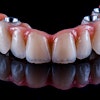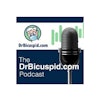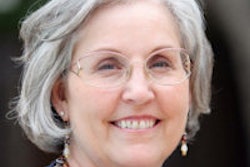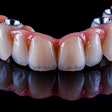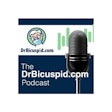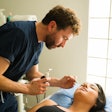Preventive dental care of middle-aged and elderly people in the U.S. increased during a 10-year period, but a large disparity remains among ethnic groups, according to a study in Frontiers in Public Health (December 17, 2013).
Bei Wu, PhD, the director for international research at the Duke University School of Nursing, and colleagues analyzed self-reported oral health behaviors of almost 650,000 middle-aged and elderly Americans in a phone survey conducted between 1999 to 2008 by the National Center for Statistics and Prevention.
Oral health is particularly important in the aging population, because middle-aged and older people are more likely to develop chronic conditions and complications. Yet few studies have focused on the dental health practices of older persons, according to the study authors.
This study was also the first to compare dental care between Caucasians, Hispanics, African Americans, Asian Americans, and Native Americans, the researchers noted.
Respondents were asked when they last had their teeth cleaned by a professional, because dental cleaning is a commonly used indicator of access to dental services. They were also asked about their gender, age, marital status, income, education, ethnicity, weight, general health, number of teeth removed, and drinking and smoking habits.
The researchers found that Hispanics (62%), Native Americans (62%), and African Americans (57%) were far less likely than Asian Americans (77%) and Caucasians (76%) to receive preventive dental care.
Positively, the number of people who received preventive dental care underwent a slight yearly increase in all five ethnic groups. But, despite this improvement, 23% to 43% of Americans received no preventive dental care in 2008, the study authors noted.
They also found that those with health insurance were 138% more likely to receive preventive dental care. Overall, women were 33% more likely to receive preventive dental care than men.
The development of public dental health programs that target middle-aged and elderly Americans is necessary, the researchers concluded. This includes finding ways to improve dental care access and training a dental workforce that is culturally competent.

